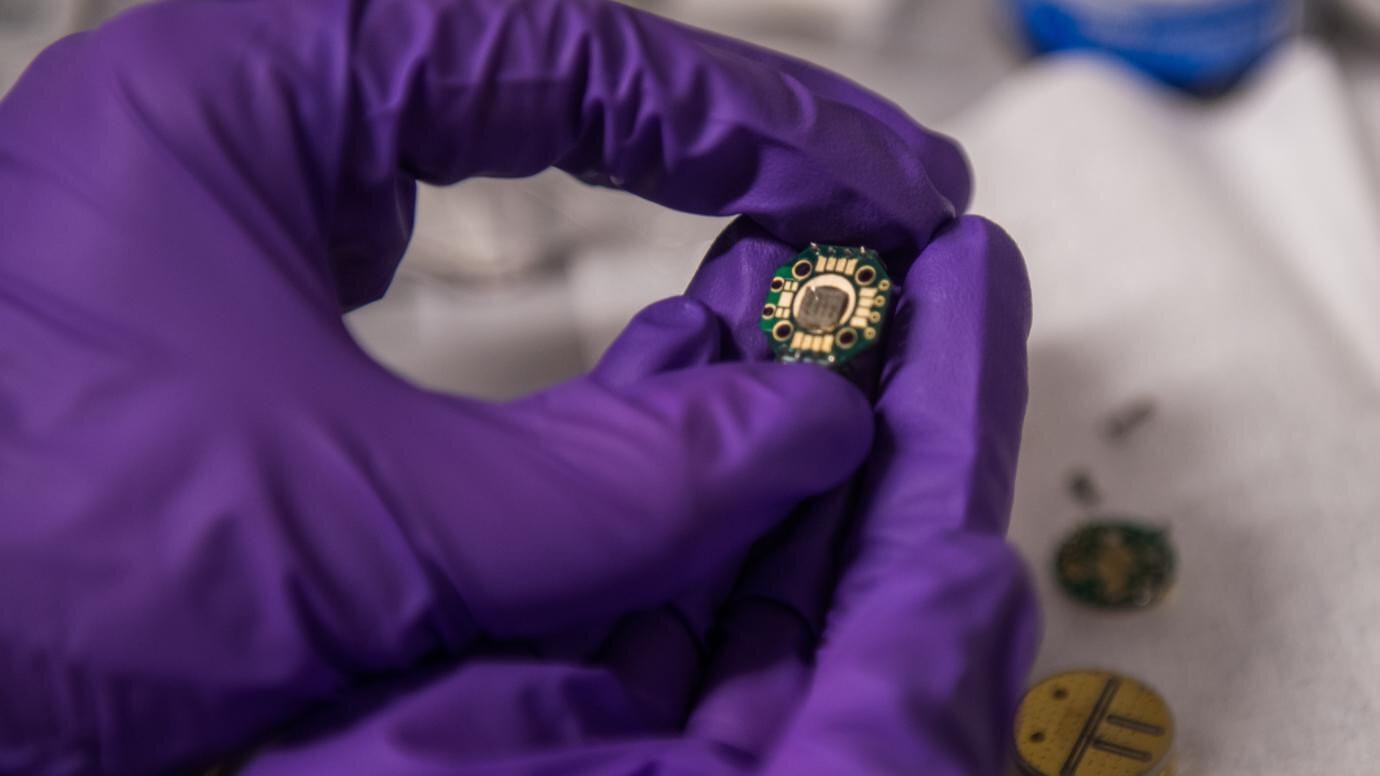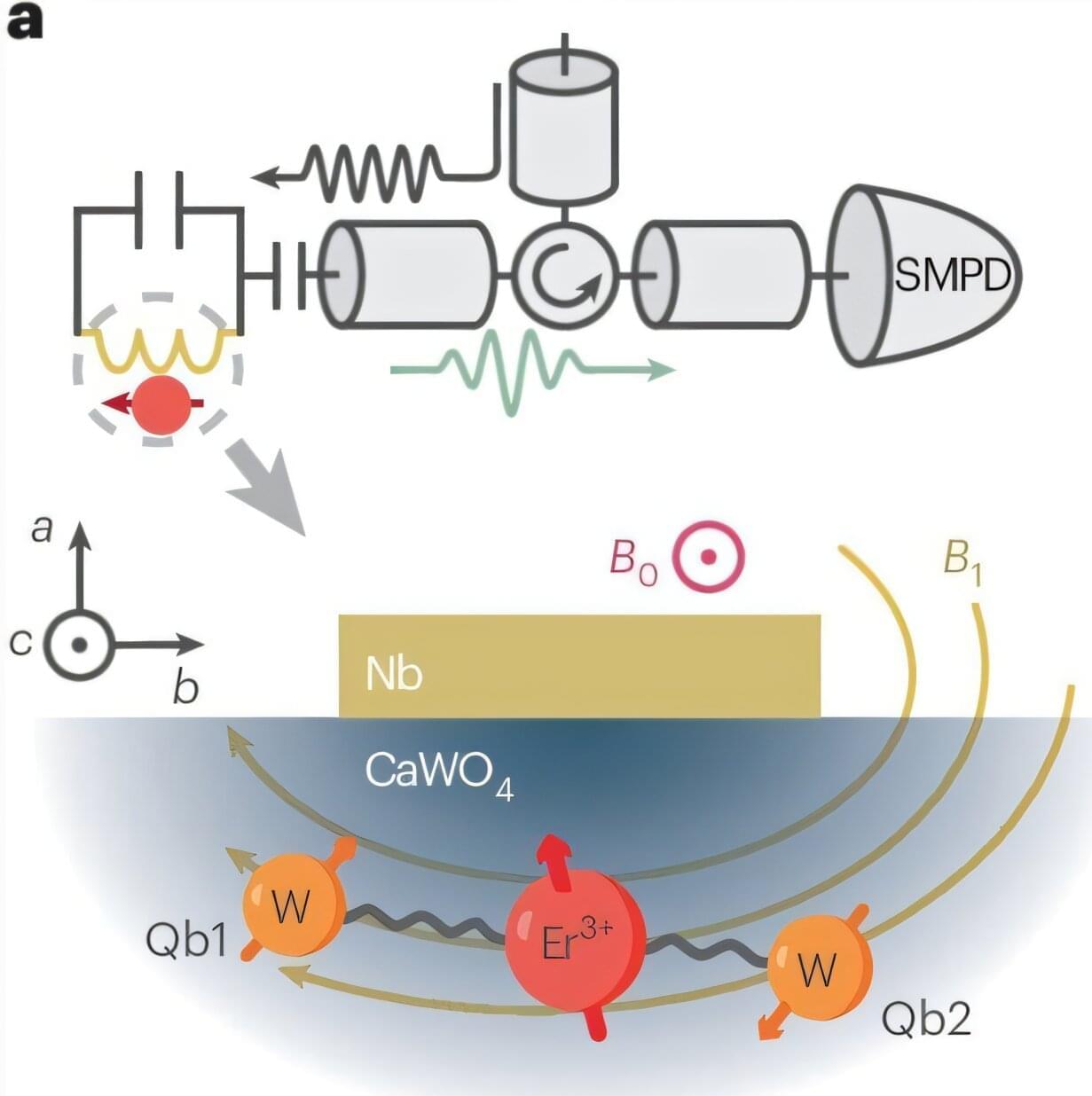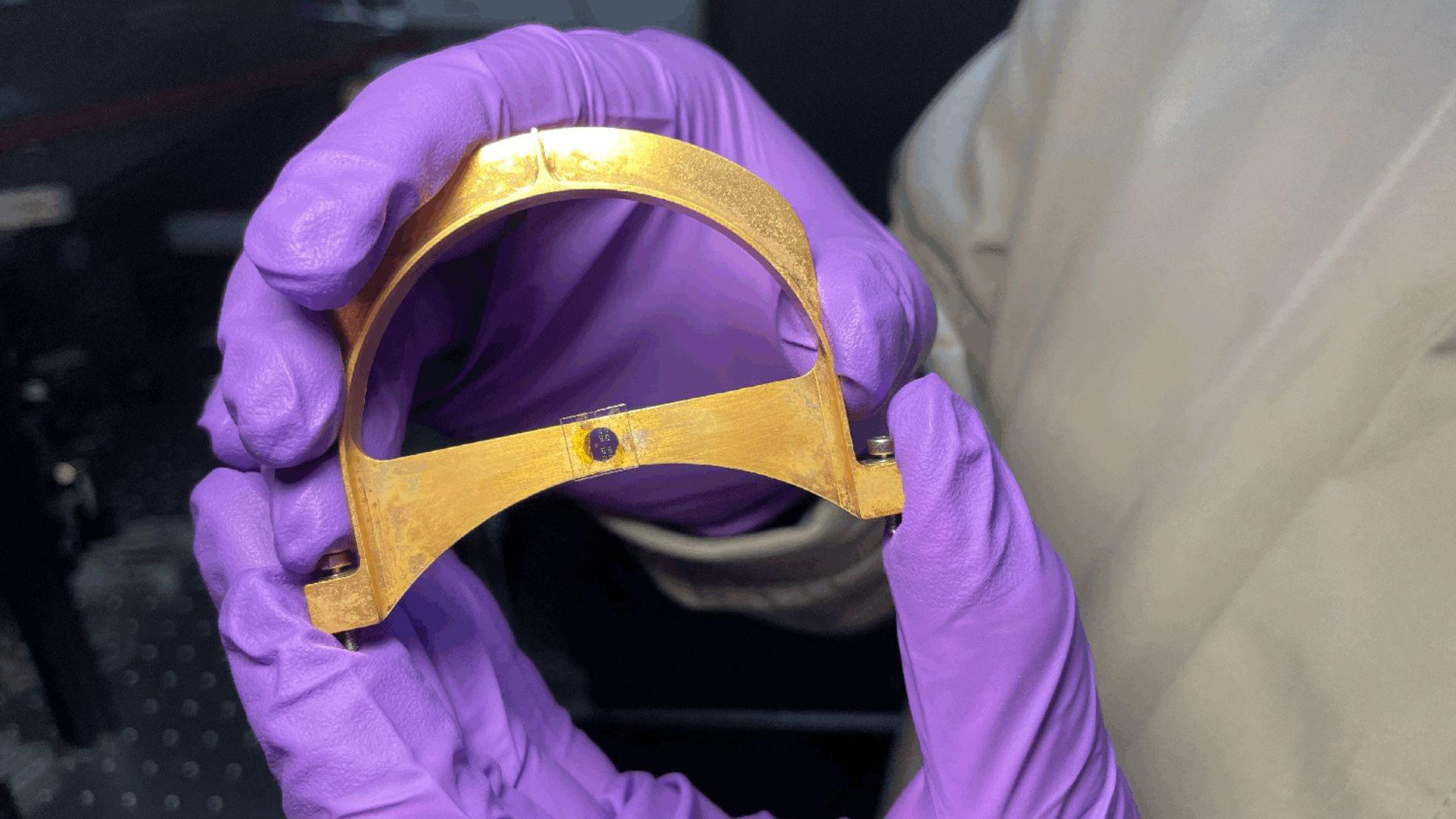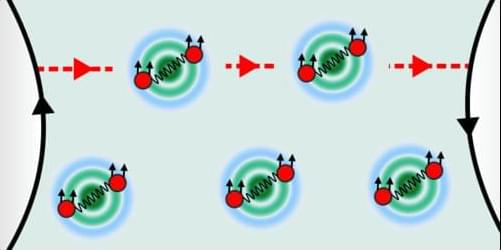Researchers from the School of Physics at Wits University, working with collaborators from the Universitat Autònoma de Barcelona, have demonstrated how quantum light can be engineered in space and time to create high-dimensional and multidimensional quantum states. Their work highlights how structured photons—light whose spatial, temporal or spectral properties are deliberately shaped—offer new pathways for high-capacity quantum communication and advanced quantum technologies.
Published as a review article in Nature Photonics, the study surveys rapid progress in techniques capable of creating, manipulating and detecting quantum structured light. These include on-chip integrated photonics, nonlinear optics, and multiplane light conversion, which now form a modern and increasingly powerful toolkit. Together, these advances are bringing structured quantum states closer to real-world applications in imaging, sensing, and quantum networks.









